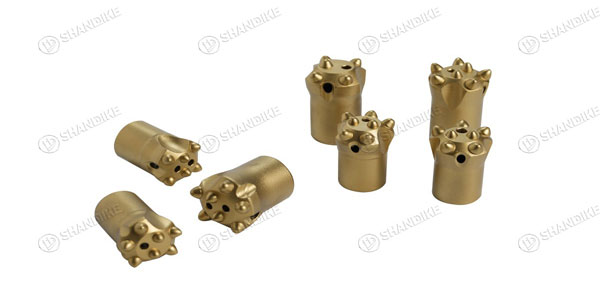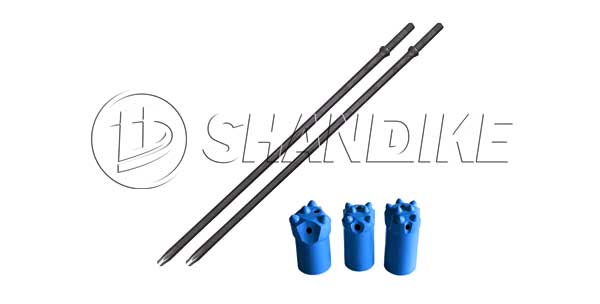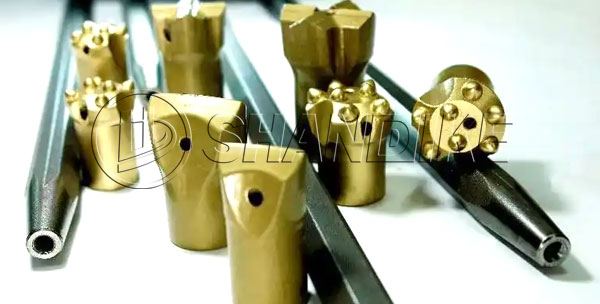How to avoid wear or breakage of pneumatic rock drill bits?
To avoid wear or breakage of pneumatic rock drill bits, implement the following strategies organized into key categories:
1. Bit Selection and Compatibility
- Material and Design: Use carbide-tipped or diamond-embedded bits for hard rock formations. Match bit design (e.g., button, cross) to rock type and drilling conditions.
- Compatibility: Ensure the bit size and shank type are compatible with the drill rig to prevent misalignment and stress.
2. Optimal Operating Parameters
- Air Pressure and Rotation Speed: Adjust air pressure and rotation speed according to rock hardness. Avoid excessive force or speed to prevent overheating.
- Feed Pressure: Apply steady, moderate pressure to avoid overloading the bit.
3. Effective Debris Removal
- Flushing System: Use adequate water or air to flush cuttings, preventing clogging and overheating. Regularly clean flushing ports.
- Dry Drilling Caution: Minimize dry drilling; use mist or foam agents if water is unavailable.

4. Maintenance and Inspection
- Sharpening: Regularly sharpen dull bits to maintain efficiency and reduce stress.
- Inspection: Check for cracks, wear, or damage before/after use. Replace worn bits promptly.
- Lubrication: Apply appropriate lubricants to reduce friction and heat.
5. Proper Handling and Storage
- Storage: Store bits in a dry, organized environment to prevent corrosion and physical damage.
- Handling: Avoid dropping or mishandling bits to prevent structural compromise.
6. Operator Training and Technique
- Training: Educate operators on correct drilling techniques, including alignment, pressure control, and troubleshooting.
- Drilling Technique: Start at low speed, maintain perpendicular alignment, and avoid side-loading or twisting.
7. Equipment and Environmental Considerations
- Drill Rig Setup: Ensure proper alignment and use shock absorbers to reduce vibration.
- Environmental Adaptations: Use corrosion-resistant coatings in harsh conditions and adjust techniques for extreme temperatures.
8. Quality and Replacement Strategy
- High-Quality Bits: Invest in durable bits from reputable suppliers to reduce long-term costs.
- Replacement Schedule: Proactively replace bits based on usage logs and wear patterns.
9. Pre-Drilling Preparations
- Pilot Holes: Use pilot holes in extremely hard rock to reduce stress on the main bit.
- Rock Assessment: Analyze rock properties (hardness, abrasiveness) to tailor drilling parameters.
By integrating these strategies, you can significantly extend the lifespan of pneumatic rock drill bits, enhance drilling efficiency, and reduce downtime. Regular monitoring and adaptive practices are key to sustained performance.


